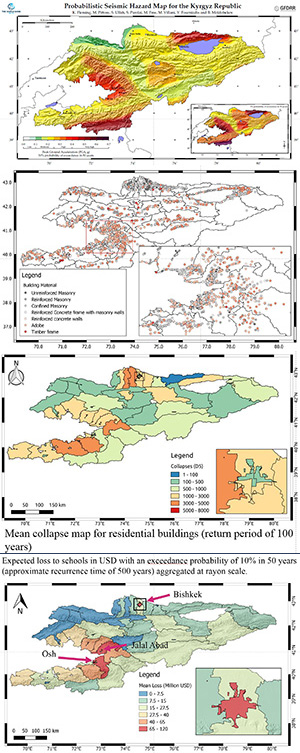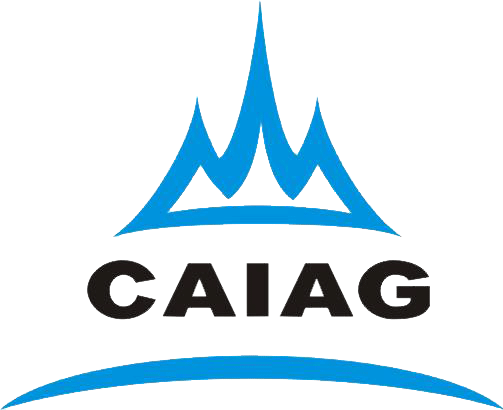Measuring Seismic Risk in the Kyrgyz Republic
 The Kyrgyz Republic is located in a highly seismic region, prone to devastating earthquakes that have led to deaths, destroyed homes and destroyed households in the past and most recently. Although earthquakes are less common than other natural hazards, such as floods and landslides, they cause the largest share of natural disaster losses across the country (World Bank, 2008). Due to the rapid urbanization and evolving nature of the economy in the Kyrgyz Republic, there is a strong incentive to invest in a national strategy to reduce seismic risk as the most effective way to mitigate the potential impact of natural disasters and reduce expected losses.
The Kyrgyz Republic is located in a highly seismic region, prone to devastating earthquakes that have led to deaths, destroyed homes and destroyed households in the past and most recently. Although earthquakes are less common than other natural hazards, such as floods and landslides, they cause the largest share of natural disaster losses across the country (World Bank, 2008). Due to the rapid urbanization and evolving nature of the economy in the Kyrgyz Republic, there is a strong incentive to invest in a national strategy to reduce seismic risk as the most effective way to mitigate the potential impact of natural disasters and reduce expected losses.
To better understand seismic hazard and risk in the country, the World Bank and the Global Fund for Disaster Reduction and Recovery (GFDRR) have appointed a group of Ove Arup & Partners International Ltd (Arup), Helmholtz Center in Potsdam - German Research Center (GFZ), Central Asian Institute for Applied Earth Research (CAIAG) and the Global Earthquake Model Fund (GEM) to conduct the first detailed quantitative study of seismic hazard and risk in the Kyrgyz Republic nationwide.
The project team compiled a series of seismic hazard reports, elements at risk, risk and a risk reduction strategy for the Kyrgyz Republic, which was submitted to the Government of the Kyrgyz Republic and other interested parties in the country.
The expected annual economic losses incurred in case of damage to all classes of assets (residential buildings, schools, transport infrastructure) as a result of earthquakes are large. The results of the estimation of the volume of losses for residential buildings during scenic earthquakes indicate a large volume of economic losses and a large number of victims expected as a result of several scenario earthquakes.
The approximate amount of economic losses is in the range from 138 to 11 billion US dollars, but may be higher (up to 16 billion US dollars). It is estimated that the number of victims varies from 200 to 10,300 people, but can be significantly higher (up to 19,000 people). The average number of collapsed residential buildings ranges from 1,600 to 19,000 buildings.
The significance of the seismic risk faced by the Kyrgyz Republic has been brought to the attention of a wide range of stakeholders in the Kyrgyz Republic (e.g., Office of the Prime Minister, Ministry of Emergency Situations, Ministry of Education and Science, etc.) and multilateral donor organizations (e.g. , World Bank) through a series of meetings and seminars held in the Kyrgyz Republic.
The results of these seismic hazard and risk assessments have been used to prepare disaster risk management strategy options that allow cost-benefit analysis of various modernization measures, as well as enable stakeholders to make informed disaster risk management decisions.




